On valuing an audience reaction
Prelude
Comprised of composer Ayase and vocalist ikura, YOASOBI are record-breaking international superstars in the making. Their first song, “Into The Night (Yoru ni Kakeru),” was released in November 2019, immediately attracting attention by achieving #1 on numerous streaming charts in Japan and appearing on viral charts in several countries. Their global hit song “Idol” smashed streaming records in 2023. Last year they performed at New York City’s Radio City Music Hall, Boston’s MGM Music Hall at Fenway, Chicago’s Lollapalooza music festival, and Coachella. “Watch me!” an opening theme song for the TV anime series, Witch Watch is out May 18. In June, they play their first headlining concerts in the UK at OVO Arena Wembley.
Conversation
On valuing an audience reaction
Musicians YOASOBI discuss their anime inspirations, the learning curve of embarking on a new collaboration, and the special quality of a song that connects with the masses.
As told to Yang Shi, 1630 words.
Tags: Music, Collaboration, Process, Inspiration, Success, Focus.
Hi ikura and Ayase, it’s so great to meet you. How are you both doing? And what brings you to LA?
ikura: There’s an event called matsuri ‘25—”matsuri” means festival in Japanese. Three musical acts from Japan are performing, and we’re one of them.
I know your band name comes from Japanese and ties into the idea of nightlife. Ayase mentioned wanting the band to take on playful challenges like creating a contrast between day and night. Can you tell me more about that?
Ayase: We’d been working independently as solo artists, and meeting when we did felt like perfect timing. Compared to our individual work, we felt that giving this project a name inspired by nightlife would allow us to express a different side of ourselves as a duo. It was a way to carve out space for new ideas and signal a fresh creative direction.
Can you paint a picture of this nighttime world? What does it mean to you?
Ayase: When people think of nightlife or nighttime, it feels more playful, a little wild, and fun at heart. That feeling of freedom is what we tap into when making music as YOASOBI.
How do your influences come together to shape the sound of YOASOBI?
ikura: I was writing my own songs and looking to grow as a singer and artist. I wasn’t just making original music, I was also covering a lot of existing songs and putting my own spin on them. Through that process, I was trying to discover my voice. On the other side, Ayase-san came from the Vocaloid world, which I wasn’t as familiar with. So when he started sending me songs, there were nuances in the style that challenged me. They were positive challenges—specific yet open enough that I could still bring a sense of freedom to my delivery. In the end, even though our roots are very different, there was this unique chemical reaction happening between what he was creating and how I was interpreting it.
Ayase: To be completely honest, I haven’t had much time to do solo work since YOASOBI’s activities have a large weight. One thing I can say is that without YOASOBI, my work wouldn’t have reached, or even had the chance to reach, such a massive audience. Seeing the reaction and how that influences my music-making is important to me… When so many people hear our music, the experience gives me a broader perspective. That helps me refine and push the boundaries of my niche. It lets me look at my work more objectively and think about what more I can do as an artist.
Talking about performances and your audience giving back to you, I know you’ve done a lot of big global tours. What moment would you like to relive?
Ayase: The answer is that we don’t. Instead, there are certain stages or venues we’d love to return to make the experience even bigger and better, and to reconnect with the fans there. For us, every live performance is a one-time [experience] and we give it everything we’ve got.
I love that answer. When I watch your performances on YouTube, I can tell you give it your all. Your song “Idol” hit No. 1 on the Billboard Global Excl. U.S. Chart, which is a huge deal for a Japanese act. Why do you think “Idol” resonated with so many people?
Ayase: The special status isn’t something a song has when it’s first created. I put the same maximum effort into every song I work on. A song only becomes special once it’s out in the world and connects with people. I don’t think “Idol” had some extra special essence compared to other songs I’ve made. A lot of it comes down to timing and what’s trending, what people are into, how things align in the social space. It probably also has to do with the success of [OSHI NO KO], from manga to anime, and the deep love people have for anime culture, as you probably know.
Talking about being inspired by anime and manga, what is the process of turning a story into a song?
ikura: Normally, you’d read a story. What we’re doing is turning that storytelling into sound. Each song is always connected to an original story.
Ayase: I read through [the original story] repeatedly, and naturally I start thinking, “Am I approaching this from the main character’s point of view? Am I the storyteller? Or maybe I’m more like the reader, just absorbing the story?” That decision depends on the story itself. Once that’s decided, I focus on the message or concept that needs to come through. I filter it down to its most essential point: what is the core message we want to express? From there, we think about how to translate that into music. When imagining the story in sound form, sometimes you start to “see” colors, or sense a smell or texture. That all gets translated into the music. In the end, the way ikura sings it, or the way I compose it, gives the story a whole new identity.
What are some recurring themes in your songs?
Ayase: If I had to name two themes I find myself drawn to lately, they’d be coming-of-age and conflict. Conflict shows up in almost every kind of story, whether it’s a mystery, a romance, or something else. There’s always some kind of tension, longing, or inner struggle. I usually start with one or both of those themes and build the song’s message from there.
So do you compose and write the songs yourself, or do you compose first and then pass them on to ikura?
Ayase: The song is nearly complete by the time I get to hand it over to ikura. All the melody, lyrics are locked in. But I also work up until the last minute, meaning there have been occasions where this is passed on to ikura the day of the recording or even the day before the recording.
What do you do when you have a creative block?
Ayase: When I hit that creative block, there is no going anywhere. I continue to force myself through that block and wall until I am complete and happy with my work. I know that people would say, “Oh, I need to get some fresh air, go out with friends, or have a drink and relax and clear my mind.” All those things are valid ways to refresh and hit the reset button. But that does not allow me to increase how I polish my work, and it doesn’t move the block anywhere. So in five years of doing this as YOASOBI, I’ve learned that when I hit the wall, I just push through until it’s gone.
What anime, books, or manga did both of you consume growing up?
ikura: I watched a lot of anime growing up. There is one called Kirarin Revolution that I was really hooked on, and so I consider that to be where everything started. When I was in my teens, I was also into Sugar Sugar Rune.
Ayase: For me, it was usually in the mystery genre. In terms of manga, I grew up like a lot of boys, reading Weekly Shonen Jump. The themes would be battle or action. And then obviously these are probably well-known outside of Japan as well, but BLEACH and NARUTO are both of my favorites.
Your visual aesthetic is also very distinct. How do you approach the artistic direction of music videos, stage design, and even fashion?
Ayase: Our music videos are inspired by animation. There’s something powerful about working with animation; it’s so limitless. You can build entire fantasy worlds and create a look that feels unique. We’re leaning into its potential and figuring out how to shape it into a music video style that feels like us.
For stage design, it depends on the show. Whether it’s a one-off performance or a full tour, we think about a theme to tie it all together. We work closely with our stage director, our lighting designer, and our show designer to figure out elements like laser effects or lighting sequences. When it comes to fashion, the looks we wear on stage are a big part of our overall direction. Sometimes we’re the main characters, other times we’re more like storytellers. We think about what kind of look fits the role we’re playing. It’s all about showing who we are in the moment, what we’re feeling, what we’re into, and what we want to share with the audience.
What advice would you give to a young artist?
Ayase: Wait, does that mean that we’re not young anymore?
I meant emerging artists!
ikura: Honestly, we weren’t super prepared. We didn’t have everything figured out. We just wanted to have fun. And that ended up sparking this chemistry. So my advice? Don’t set the bar too high. Keep the entry point low, so you can enjoy the process while pushing through your challenges.
YOASOBI starter packs:
Ayase
[massage gun, PlayStation 5, coffee, sunglasses, Ploom X, AirPods, MacBook pro 16”, Hitsune Miku]
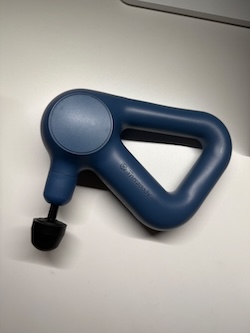
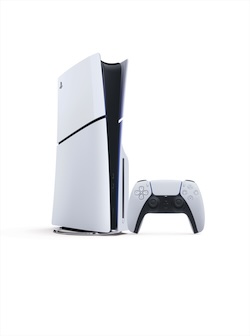 (*)
(*)
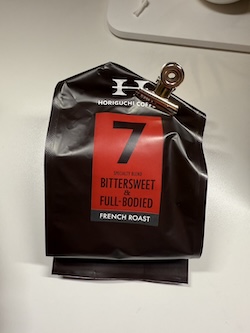
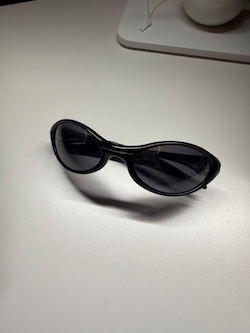
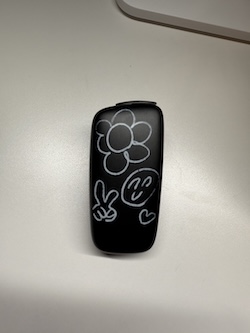
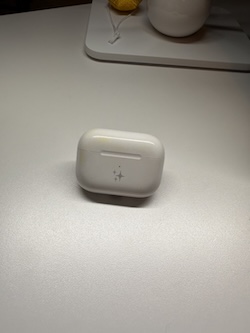
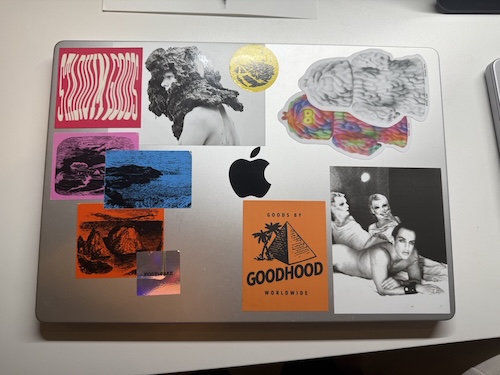
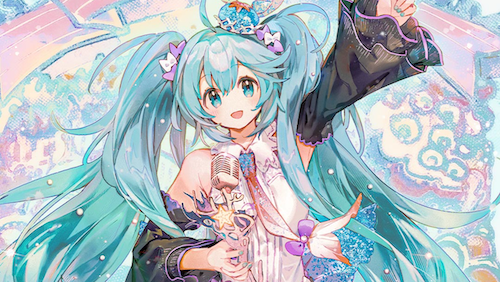
(*) PlayStation 5: ©2025 Sony Interactive Entertainment Inc.
ikura
[cap, accessory, acoustic guitar, film camera, rice and miso soup]
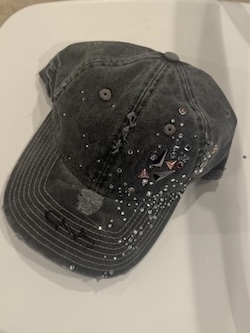
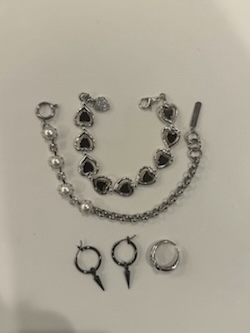
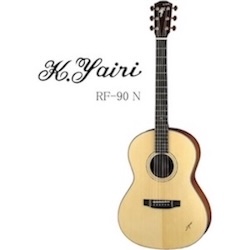
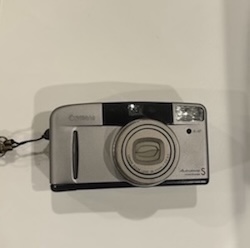
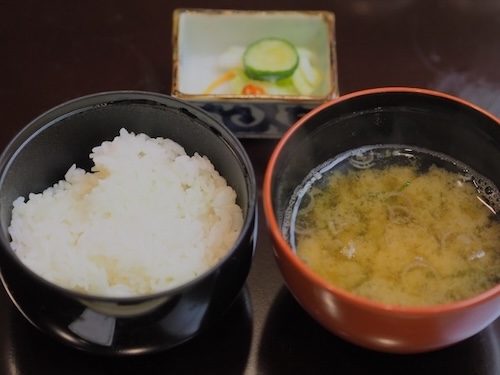
- Name
- YOASOBI
- Vocation
- musicians
Some Things
Pagination



